I am working with an ontology (OWL, Protege 4). I have 3 individuals: A, B and C. And two object properties: bears and hasContactWith.
The relationships should be next:
A bears B;B bears C;A hasContactWith B;B hasContactWith C.
The property bears has to be transitive, while hasContactWith symmetric.
Is it some possibility to define the property hasContactWith through the bears (as a subproperty / chain axiom / additional step), in order to lose the transitive characteristic and get symmetric?
The result which I want to get is to set bears relationships and get hasContactWith from reasoner as derived properties.
I appreciate your help in advance!
